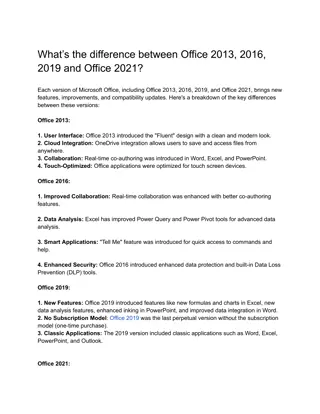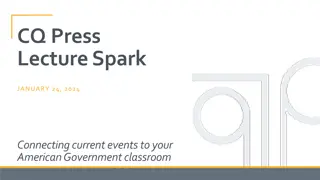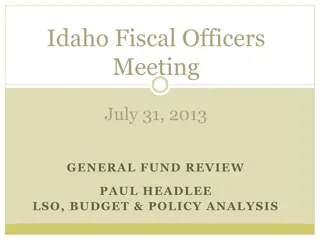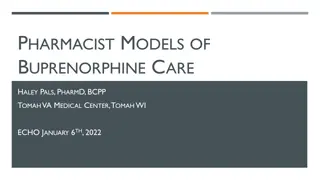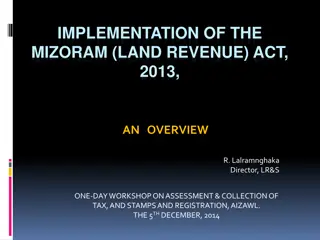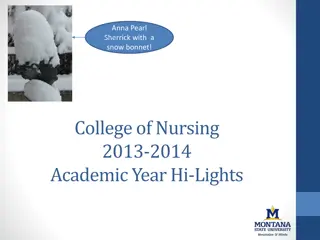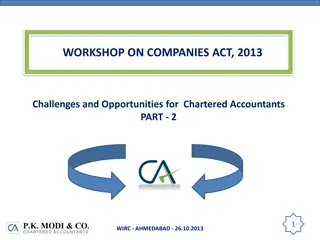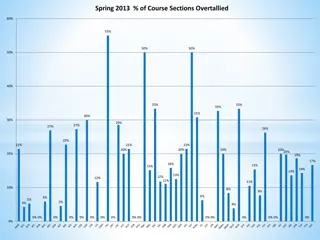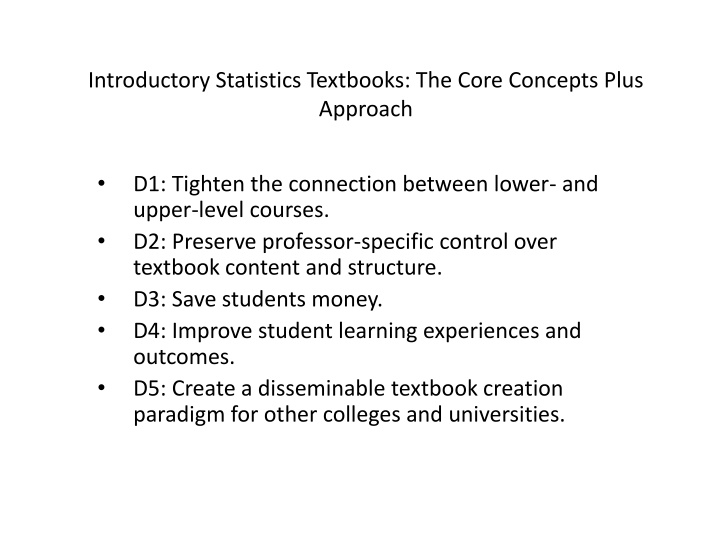
Innovative Approaches to Enhance Student Learning in Higher Education
Explore a groundbreaking initiative focusing on core concepts in introductory statistics textbooks, aiming to strengthen connections between lower- and upper-level courses, provide professor-specific control over content, save students money, and improve learning outcomes. Discover how these strategies aim to create a replicable model for colleges and universities to follow.
Download Presentation

Please find below an Image/Link to download the presentation.
The content on the website is provided AS IS for your information and personal use only. It may not be sold, licensed, or shared on other websites without obtaining consent from the author. If you encounter any issues during the download, it is possible that the publisher has removed the file from their server.
You are allowed to download the files provided on this website for personal or commercial use, subject to the condition that they are used lawfully. All files are the property of their respective owners.
The content on the website is provided AS IS for your information and personal use only. It may not be sold, licensed, or shared on other websites without obtaining consent from the author.
E N D
Presentation Transcript
Introductory Statistics Textbooks: The Core Concepts Plus Approach D1: Tighten the connection between lower- and upper-level courses. D2: Preserve professor-specific control over textbook content and structure. D3: Save students money. D4: Improve student learning experiences and outcomes. D5: Create a disseminable textbook creation paradigm for other colleges and universities.
Information Systems Upper-Level Students Marketing Accounting CCP-Text Sections: Professor 1 Supply Chain CCP-Text Sections: Professor 2 Finance PI CCP-Text Sections: Professor 3 Human Resources CCP-Text Sections: Professor 4 IBES CCP-Texts
D1: Vertical Integration IBES feeds business majors 10 non-Econ Business faculty in CCP project: Write questions + solutions (20 each) Edit sections of CCP text Faculty interact with business community Professional development among faculty participants Upper-level business and economics students enlisted too
D2: Professor-Specific Control Professors care about text organization and content, but often cover the same core concepts the intersection (85-95%) Informal observation that professors seem to form opinions about a text based on how a small number of selected topics are treated Our core had been established via prior AACSB pressures Professor-specific sections Professor-specific organization, notation, glossary, etc.
D3: Savings Students Money GAO (2005) concludes textbook costs to be about 26% of tuition and fees IBES texts are pricey Options and obstacles: International editions Edition frequency Buy back options CCP? Free pdf Toner + paper hard copy in university copy center ($15-ish) no $ to CCP team. Total grant award made up in six semesters of use.
D4: Student Feedback What are the biggest strengths of having and using CCP-texts? Cost (48%); Easy to access (23%); Able to search them (16%); Less weight to carry (9%); Other (4%). What are the biggest challenges of having and using CCP-texts? Reading from a computer screen (38%); Need a computer to access (26%); None (15%); Can t highlight/write notes in book (8%); Getting used to it (6%); Distractions when on the computer (3%); Other (4%).
D4: More Student Feedback Do you like the idea of CCP-texts? Yes (97%); No (3%) Do you think using CCP-texts in school would save money? Yes (98%); No (2%). CCP-texts are as good as print books. Strongly Agree (53%); Agree (34%); Disagree (8%); Strongly Disagree (3%). The bookstore should provide book titles in both print and e-text format. Strongly Agree (53%); Agree (39%); Disagree (4%); Strongly Disagree (1%).
D4: Student Learning Assessment Q1: How do aggregate pre- and post-test results from semesters prior to the e-text compare to aggregate pre- and post-results from semesters when the CCP-texts were used? Q2: Do students taught by the same professor across different semesters learn more when using the CCP-texts versus a traditional textbook?
D4: Student Assessment Results SummaryAnswer to Q1: The differences (improvement) between pre- and post-test scores between years where the e-text was used and when it was not used were compared. In all of these comparisons, the amount of improvement was statistically significantly higher during the semesters where the CCP-texts were used. SummaryAnswer to Q2: Only two of the professors had section-level pre- and post-test results from before and after implementing the CCP-texts. For one of these professors, assessment results were not statistically different (t = 0.51); for the other professor the assessment results were statistically significantly higher (t = 3.42) when using the CCP-text.
D5: Dissemination Already being replicated in math department Other universities using it Large enrollment lower-level courses with relatively constant core material Courses concerning current events may not be good choices
Conclusions Bring together best aspects of e-texts and traditional texts bridge them CCP project has more than paid for itself Good learning outcomes More vertical integration from IBES into business majors Happy professors preserve professor-specific control, order, notation, etc. Happy students low/no cost, hard copy and e-text versions available and equally useable, student can keep textbook

